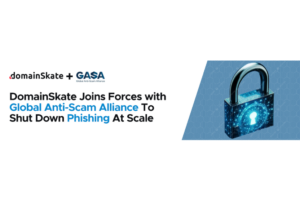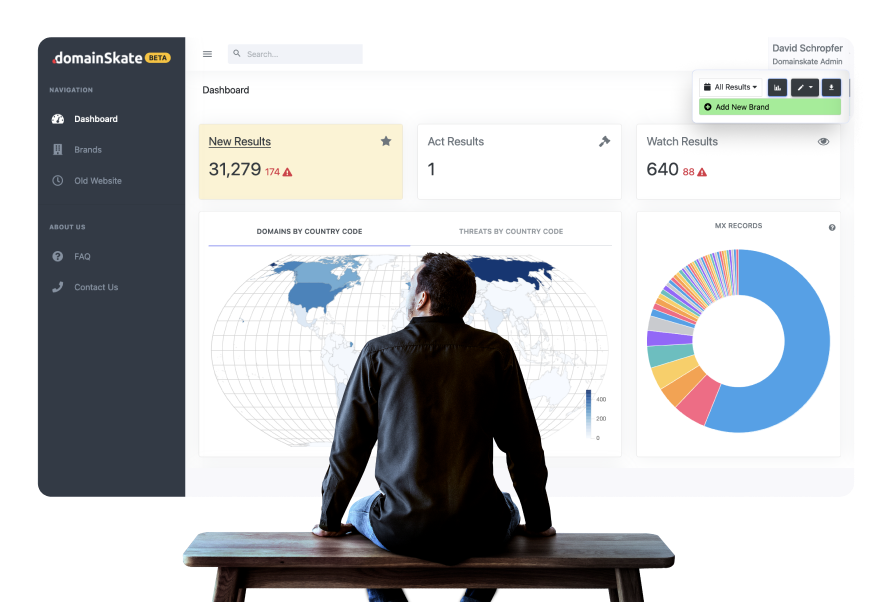The Uniform Domain Name Dispute Resolution Policy (UDRP) gives brand owners the ability to shut down or obtain ownership of a domain name that is abusing its trademark or brand name by filing an arbitration or administrative proceeding with an accredited domain arbitrator. It is an important resource in the brand protection tool kit because it is significantly cheaper than filing a lawsuit, does not require obtaining jurisdiction over the Registrant, and is a streamlined process that is focused on a few simple factors. A UDRP can take a few months, from start to finish, a lawsuit could go on for years.
One of the biggest problems that brand owners face is figuring out which fires to put out when it comes to protecting their business. For many attorneys and brand managers time and resources for fighting brand infringements is not at the top of the priority list. It is for this reason that brand protection software is an important part of efficiently managing your team to focus on the high priority risks. Studies show that 42% of consumers are less likely to associate with a brand if they are exposed to a phishing attack that uses that brand name. And these attacks are not going away – the U.S. Federal Bureau of Investigation (FBI) reported an increase of over 100% in the number of phishing attacks from 2019-2020. In this growing threat landscape brands should be familiar with UDRPs and use them to stop the worst of the domains that are being used to hurt their business and customers.
At DomainSkate we take an asset vs. liabilities based approach to UDRP filings by asking the following questions:
- Is the domain one that your business could use? Does the domain name have an affix that makes it look like an affiliate or hub that your business could use? Attaching the word “sale” or “buy” or “credit card” to a brand name can create an enticing landing spot for users that may be confused. If that is the case, then whatever is happening at the site (i.e., even if it does not pose an immediate threat) may not be material because your company could use the site proactively to run its business, or someone else owning it and using it for any purpose is too close for comfort;
- If the domain is not one that your company can monetize or use as an asset, what is the immediate threat factor? If the domain is being used as a hub for a phishing site or to spread malware, then a UDRP could be a good way to stop it; and
- Are business plans in the works that could make the domain useful or harmful in the future? This is where having brand managers and business people thinking proactively about your revenue channels AND your brand protection is important. Domain names can be important hubs for new business lines or convenient ways to redirect customers that are looking for your company in association with certain terms.






